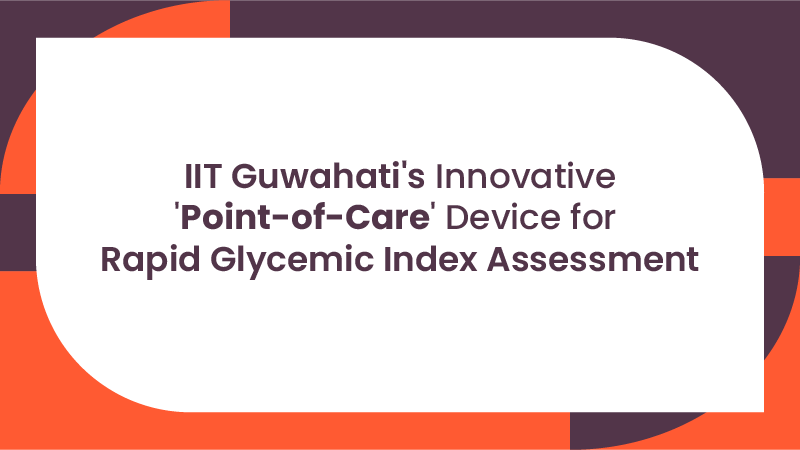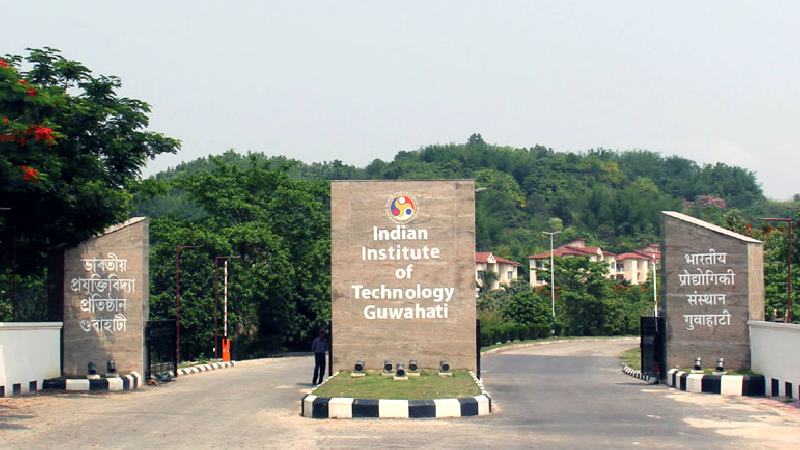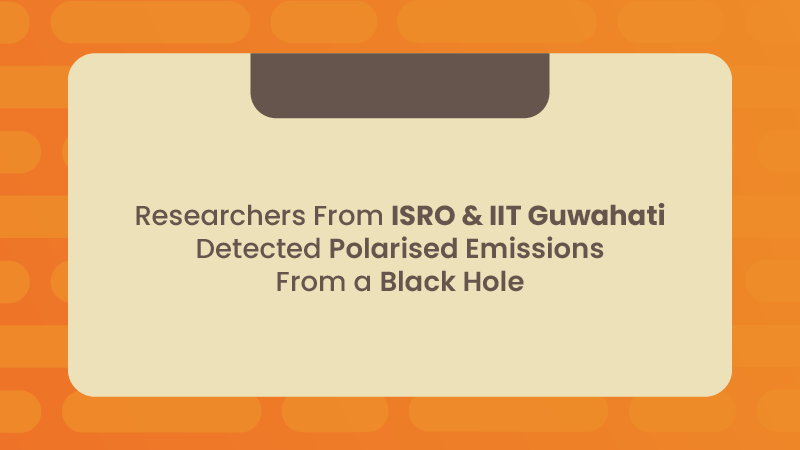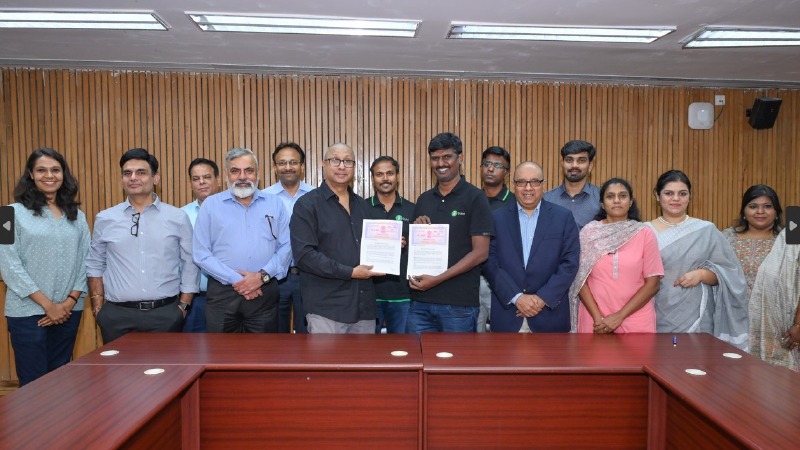Trending Now
Friday, Nov, 2024
Home / IIT Guwahati's Innovative 'Point-of-Care' Device for Rapid Glycemic Index Assessment
IIT Guwahati's Innovative 'Point-of-Care' Device for Rapid Glycemic Index Assessment
The Glycemic Index (GI) is a metric that classifies carbohydrate-rich foods based on their impact on blood sugar levels after consumption. High-GI foods can trigger rapid spikes in blood glucose levels, followed by a swift drop. Additionally, such high-GI foods prompt an increased demand for insulin, elevating the risk of developing type-2 diabetes. Conversely, low-GI foods are known for their role in preventing diabetes, heart disease, obesity, and cancer.
 by Pragti Sharma /
by Pragti Sharma /  19 Oct 2023 20:28 PM IST /
19 Oct 2023 20:28 PM IST /  0 Comment(s) / 161
0 Comment(s) / 161

The Indian Institute of Technology Guwahati (IIT Guwahati) has unveiled an economical and dependable Glycemic Index (GI) sensor designed for point-of-care use. This cutting-edge sensor enables real-time assessment of the GI for diverse food items, a crucial element in managing diabetes. Leading this pioneering research is Professor Dipankar Bandyopadhyay, a distinguished figure in IIT Guwahati's Department of Chemical Engineering.
The Glycemic Index (GI) is a metric that classifies carbohydrate-rich foods based on their impact on blood sugar levels after consumption. High-GI foods can trigger rapid spikes in blood glucose levels, followed by a swift drop. Additionally, such high-GI foods prompt an increased demand for insulin, elevating the risk of developing type-2 diabetes. Conversely, low-GI foods are known for their role in preventing diabetes, heart disease, obesity, and cancer.
The global rise in fast food consumption among the working population underscores the need for a portable device capable of swiftly assessing the GI of food. The point-of-care-testing (POCT) prototype by the IIT Guwahati team can determine the glycemic index of standard food items in approximately five minutes.
While explaining the detection methodology, Professor Bandyopadhyay said, We developed a composite nanoenzyme by melding gold nanoparticles with alpha-amylase, effectively breaking down long-chain starch molecules into simpler sugars. Our findings reveal that this nanoenzyme, measuring around 30 nanometers, boasts exceptional heterogeneous catalytic properties, facilitating the rapid degradation of starch into maltose at room temperature.
The device measures the maltose generated through electrochemistry, allowing for the classification of food items into Rapidly Digestible Starch (RDS), Slowly Digestible Starch (SDS), and Resistant Starch (RS).

EShort / February 16, 2024
IMS Noida Admissions 2024: Apply for UG, PG programmes

EShort / February 16, 2024
GATE 2024: Response sheet out

EShort / February 16, 2024
BSSTET 2023: Admit card released

EShort / February 16, 2024
NID DAT 2024: Prelims result released

EShort / February 16, 2024
IIT JAM 2024: Response sheet released

Jobs / February 16, 2024
UPSC Recruitment Drive 2024: Apply for 120 vacancies in various departments

EShort / February 14, 2024
UPSC CSE 2024: Official Notification issued; application process begins

Editor's Desk / April 17, 2020
How Does Society Impact Our Education?

Current Affairs / April 22, 2020
Mr. Sudarsanam Babu appointed to U.S. Science Board.

Reforms / April 17, 2020
Traditional Structure of Education In India
.jpg)
Events & Seminars / April 17, 2020
PISA!!

Blog / February 26, 2021
Government's Action On #ModiRojgaarDo

EShort / May 19, 2022
CUET PG 2025 has started the registration process.

Notice Board on Important Dates / April 21, 2020
World Heritage Day

News / July 08, 2021
JEE Mains Registration For Session 3: Last Date To Apply

EShort / December 14, 2021
UPSC Declared Final Result For DCIO Recruitment

























0 Comments
Post Comments